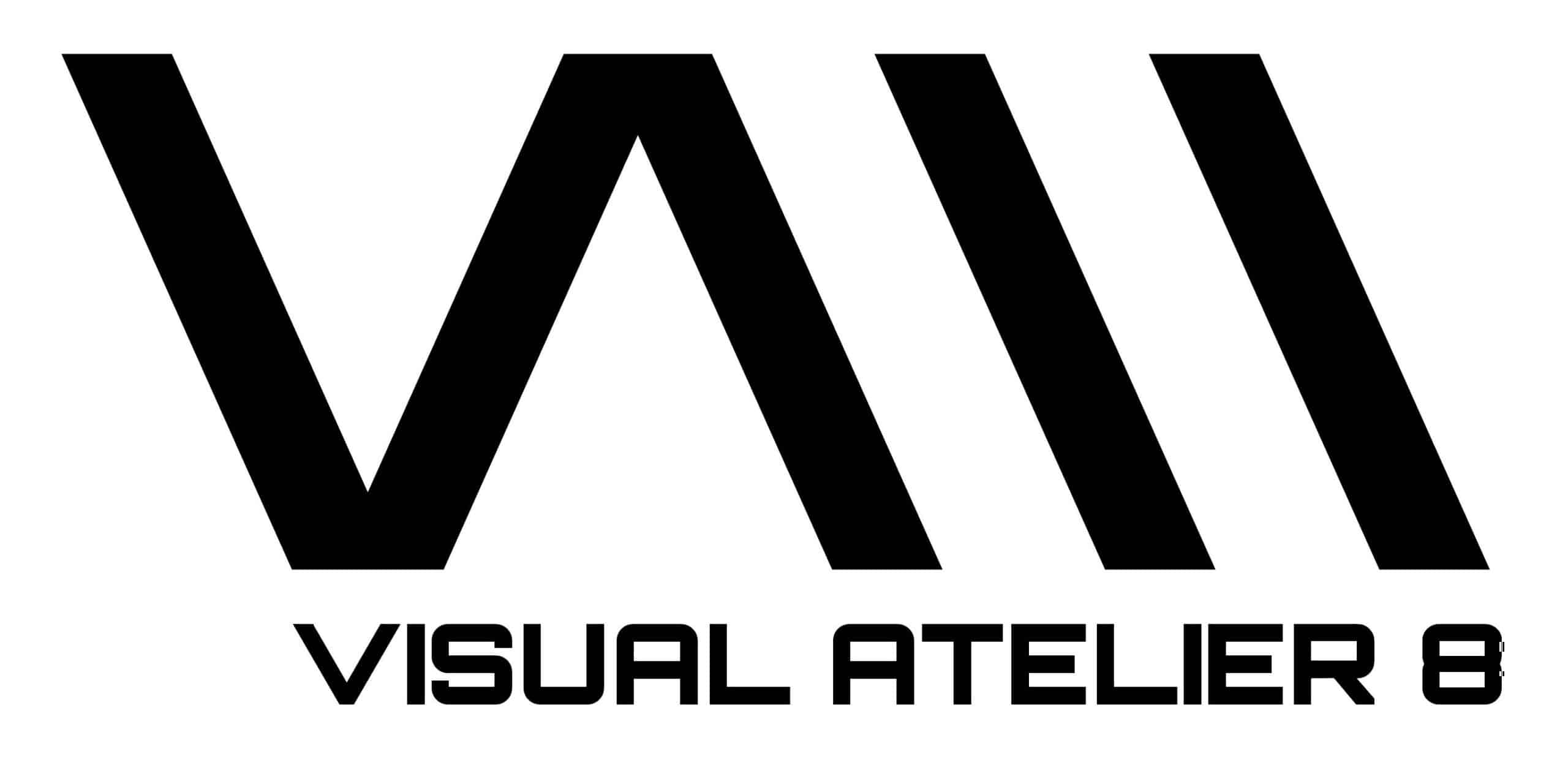For over three decades, Yoshi Sodeoka has been at the forefront of digital art, pioneering a visual language that seamlessly fuses analog imperfections with digital chaos. Emerging from the experimental underground scene of the 1990s, Sodeoka has built a formidable career by defying conventions and embracing unpredictability. His signature aesthetic—marked by richly textured distortions, glitch-inspired compositions, and hypnotic motion graphics—has earned him a place among the most influential contemporary digital artists.
From acclaimed collaborations with musicians such as Metallica and Tame Impala to exhibitions at prestigious institutions like the Centre Pompidou, his work continuously blurs the lines between fine art, music, and technology. Throughout his artistic evolution, he has remained steadfast in his commitment to authenticity, resisting the algorithm-driven homogenization of digital culture while exploring the intersection of abstraction, mathematics, and human perception.
Greetings Yoshi Sodeoka, it’s a profound pleasure to speak with you concerning your decades of world class work. Before beginning I would just like to note that your commitment to authenticity is inspiring. You’ve pushed the boundaries of digital art with mastery of deconstruction and non-traditional techniques. Witnessing the art world evolve from the 90s underground scene to mainstream pop culture, how has this shift impacted your artistic journey? This is to also ask, what observations have you made about the evolving relationship between technology, consumerism, and the blurred lines between authentic expression and manufactured trends in the contemporary age?
Thanks so much for the kind words—they mean a lot. Honestly, the shift from the underground digital art scene of the 1990s to today’s mainstream has been a wild ride. Back then, it was all about experimentation, and there was no pressure to appeal to a broad audience. Now, with digital art being so mainstream, there are many more opportunities and challenges, like navigating trends driven by algorithms and consumerism.
For me, it’s about staying connected to the raw, imperfect side of creativity. I love embracing distortions, unpredictability, and the unexpected because they feel honest and alive. Technology is an incredible tool, but I approach it critically, keeping my work authentic to my instincts.
Your long-form video piece, “r = θ” subtly comments on the relationship between mathematical abstraction and the natural world. The juxtaposition of the theorem “r = θ” and the Fibonacci spiral, both linked to the Golden Ratio in different, creates a depiction of universal harmony, one precise while the other more organic. A similar idea also appeared in your project “Utopia – digitalism” (2016). Could you explain the personal philosophy behind this recurring interest, even though you prefer not to reduce your work to words?
Thanks for noticing that! I usually try not to overanalyze my work, but I guess I’m drawn to this balance between precision and chaos. Both “r = θ” and “Utopia – digitalism” explore how mathematical ideas, like the Golden Ratio, appear in nature in organic and alive ways. It’s not about explaining it, though—I just want to spark that sense of wonder in people, like noticing the hidden patterns connecting everything around us.
In the write up for “1.618?” for the CALM & PUNK GALLERY, exploration of religious belief through the lens of pareidolia is mentioned, which resonates with art historian E.H. Gombrich’s theory of “schema and correction,” where he explains how brains use pre-existing mental frameworks to interpret visual information, sometimes leading to pareidolia, like when people recognize faces in clouds. Considering this, would you say that your work ultimately posits a nihilistic worldview akin to Baudrillard’s concept of the ‘simulacrum,’ where meaning is endlessly deferred, though via pleasurable means, or, do you offer a novel framework for understanding the innate human yearning for transcendental connection which is glimpsed and enjoyed through immersive self elevating experiences? If neither? Please do discuss.
I wouldn’t say my work is nihilistic like Baudrillard’s simulacrum—I think it’s more about celebrating our natural tendency to find patterns and meaning, even in chaos. Pareidolia is fascinating to me because it’s both practical and poetic. I try to create spaces where people can experience those moments of recognition and connection, but I’m not looking to offer answers. It’s more about sparking curiosity and reflection on our shared need to make sense of the world.
Contrary to my initial understanding, Benoit Palop suggests that our reliance on mathematical principles like the Golden Ratio, as explored by Vitruvius and Da Vinci, might be a flawed approach to understanding beauty. If departing from these principles reveals a more truthful understanding of aesthetic perception, why does some resulting art lack the structural coherence that has historically defined “good” art, leading to discussions of “brain rot” or kitsch can no longer be kitsch? As one successful in both high art and pop culture, do you believe structure is fundamental to beauty, or is this a hopelessly subjective question?
That’s such an interesting take. I don’t see principles like the Golden Ratio as rules, just tools—one way of looking at beauty. When art moves away from those structures, it can definitely challenge traditional ideas of what’s “good,” but that doesn’t make it less meaningful.
For me, it’s about finding a balance between chaos and order. A lack of structure can feel dynamic and alive, and I think that unpredictability is part of what makes art resonate. Beauty is super subjective, and what clicks for one person might not for someone else. That’s what keeps art fresh and exciting.
Nick Bostrom, in his paper “Are You Living in a Computer Simulation?”, suggests a point in technological advancement where civilizations could create “ancestor simulations” indistinguishable from reality. Quoting Bostrom, “If there were a substantial chance that our civilization will ever get to the posthuman stage and run many ancestor-simulations, then how come you are not living in such a simulation?” Assuming we exist within such a simulation, meticulously designed with intricate details, what might be the purpose behind the existence of art that points towards our existence within said simulation?
If we are in a simulation, maybe art is a way for the creators to give us a hint—or maybe it’s just us trying to make sense of things. Either way, art is how we explore these big questions, whether it’s about simulations or just existence in general.
Your affinity for the rebellious spirit of punk rock is evident. How does that raw energy manifest in the visually arresting experiences you create for bands like Metallica? How do you ensure those visuals resonate deeply, translating their sonic power into a visual language that transcends mere expectation?
I’ve been a huge fan of Metallica since high school, so getting the offer to work on this project was an incredible and unexpected surprise. Luckily, the process was smooth, and I had a lot of creative freedom. I was explicitly asked for my signature video feedback style, which I’ve been refining over the years. I’d like to think my love for heavy music has been reflected in my art throughout my career, and with this project, everything just fell into place naturally. It felt like a perfect match, and I poured all that passion into creating visuals that resonated with their sound.
Imagine, with advancements in AI and quantum entanglement, that we could talk to people across time! If you could create a music video for any band from the past, who would you pick, what song, and what visual world would you create to capture their vibe while staying true to your signature style?
I’d love to create a video for King Crimson’s “Red.” The song’s intensity and complexity are incredible, and I’d want to build a visual world that captures that raw energy while staying true to their legacy. It’d be an exciting challenge.
Your work, Yoshi, has graced diverse spaces, from the Centre Pompidou to The New Yorker, and you’ve collaborated with musicians like Tame Impala and Metallica. What single element, motif, or principle would you say is the most potent marker of Sodeokaism?
Haha, “Sodeokaism”—that’s a new one for me. If I had to pick, I’d say it’s the tension between chaos and structure. I love exploring how those opposites can coexist, whether it’s through visual distortions, layered abstractions, or unexpected visuals. It’s about creating something that feels alive and emotionally charged, no matter the medium.
Yoshi Sodeoka: https://sodeoka.com

